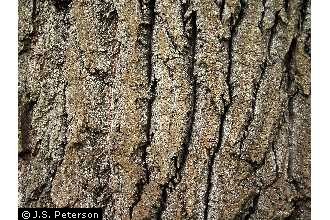- Nov 9, 2020
- 1 min read
Black Cottonwood (Populus trichocarpa), is sometimes known as Western Balsam Poplar, California Poplar, or Balm of Gilead. It is a deciduous tree that grows East of the Cascades in moist forests and riparian areas. It is often used in conservation and restoration because it is fast growing and can get very large, providing important shade and habitat for wildlife. It is the largest poplar in the Americas, and hybrids are used for industry. The bark is grey to greyish brown and deeply furrowed, and the new growth is green. Leaves are ovate- lancelolate, 1-3" wide and 3-5" long, finely toothed, and darker green on top. Fun fact, it was the first tree genome to be sequenced!
Height: 100-150 feet
Bud: Pendant catkins, dioesious
Cones: Globular capsules split to release seed with "cotton"
USDA PLANTS Database Link



















